A Product Design Journey Using JSON and Philosophy to Deliver Comfort
Designing for comfort is both an art and a science. This article walks through a product design approach that blends technical tooling—specifically JSON as a flexible data format—with philosophical inquiry into human experience. The result is a practical, repeatable workflow that captures what comfort means to people, encodes it in interoperable data, and uses that representation to build products that feel intuitive, humane, and reliably comfortable.
Why Philosophy Matters in Product Design
Before writing a single line of code, designers must ask questions that come from philosophy: What does comfort mean to the user? How do context and expectation change perception? Philosophical methods such as phenomenology (attending to lived experience), ethics (respect for user autonomy and dignity), and pragmatic inquiry (iterative testing and reflection) help teams move beyond assumptions. By grounding design in careful observation and structured reflection, teams create empathy-driven requirements rather than feature-lists that miss subtle human needs.
Why Use JSON to Model Comfort
JSON is lightweight, language-agnostic, and well-suited to representing structured preference data, sensor readings, and contextual rules. By encoding user comfort models in JSON, teams gain portability (frontend, backend, device firmware), clarity (readable schemas), and tool support (validation, transformation, and versioning). A JSON representation becomes the bridge between qualitative insights and operational behavior in a product.
{
"userId": "u_8421",
"comfortProfile": {
"temperature": { "preferredC": 22, "toleranceC": [20, 24] },
"seating": { "softness": "medium", "lumbarSupport": true },
"light": { "preferredLux": 300, "autoAdjust": true },
"contextWeights": {
"work": 0.8,
"relax": 1.0,
"sleep": 0.6
}
},
"rules": [
{ "when": { "timeOfDay": "night" }, "set": { "lightLevel": 50, "temperature": 20 } }
],
"consent": { "telemetry": true, "shareWithThirdParties": false }
}The snippet above shows a minimal, human-readable example of a comfort profile encoded in JSON. It includes preferences, context-sensitive weights, simple automation rules, and consent metadata—illustrating how product logic can directly derive from user-centered data.
From Interviews to Data: A Practical Workflow
Integrate philosophy and JSON through a cyclical workflow:
Explore: Use interviews, observation, and diary studies to surface dimensions of comfort (temperature, tactile feel, privacy, predictability).
Model: Translate those dimensions into a JSON schema that defines allowed fields, types, and constraints. This makes your understanding explicit and machine-readable.
Instrument: Collect events and preferences from prototypes, sensors, and user input. Store these as JSON documents for consistency.
Analyze: Aggregate and visualize the JSON data to find patterns—who needs what, when, and why.
Iterate: Update the philosophical hypotheses and the JSON model. Test revised prototypes and repeat.
Design Considerations and Ethical Constraints
Modeling comfort exposes intimate personal data—sleep patterns, temperature preferences, and contexts. Applying philosophical ethics requires explicit consent, transparency about data use, and mechanisms to correct or delete personal profiles. Embed privacy fields and consent flags in your JSON, and make defaults privacy-preserving. This aligns technical design with the philosophical commitments to respect and autonomy.
Putting It All Together: Examples in Practice
Examples where this approach shines:
Smart furniture that adjusts lumbar support and cushioning based on a stored comfort profile (data-driven empathy).
Climate control systems that blend sensor readings with user preferences encoded in JSON to avoid one-size-fits-all settings (contextual comfort).
Wearables that log perceived comfort after activities; designers use those JSON logs to refine product affordances and narratives (iterative refinement).
Conclusion
Combining philosophical rigor with the practicality of JSON creates a powerful pipeline for delivering authentic comfort. Philosophy asks the right questions and keeps the team accountable to human values; JSON makes those answers actionable, interoperable, and testable. Together they enable products that not only function well but also feel right—responsive to individual needs, ethically designed, and continuously improved through measured empathy.





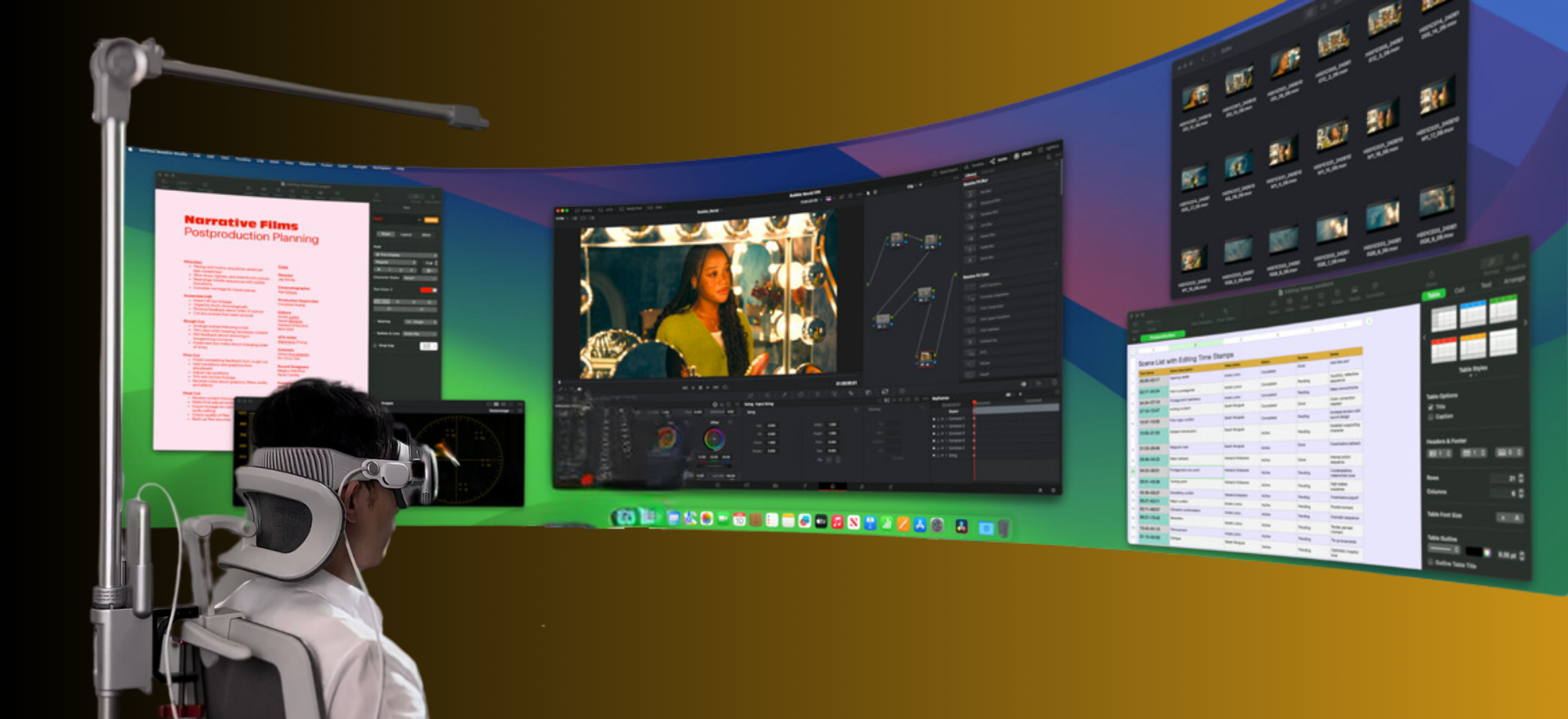
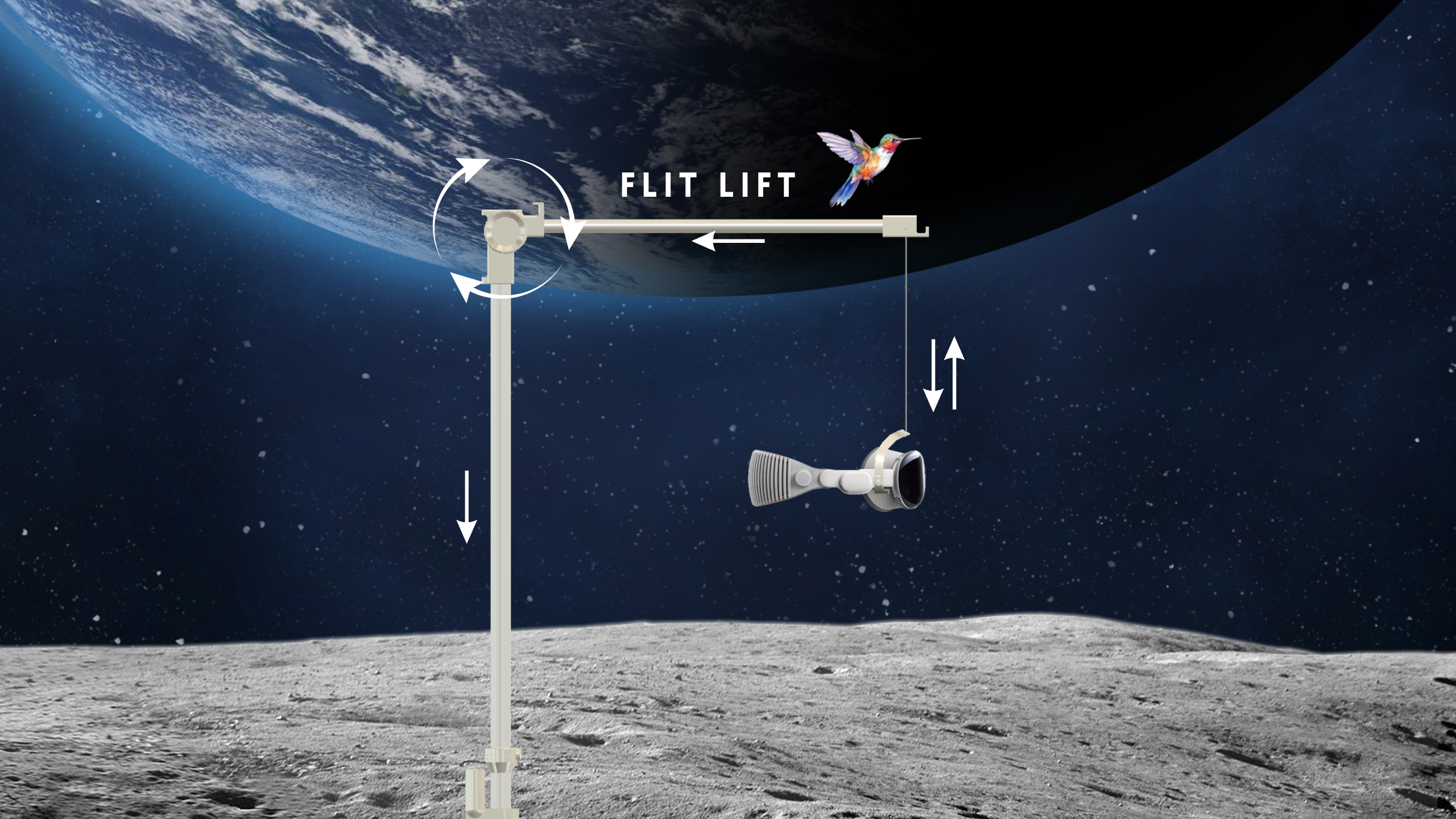

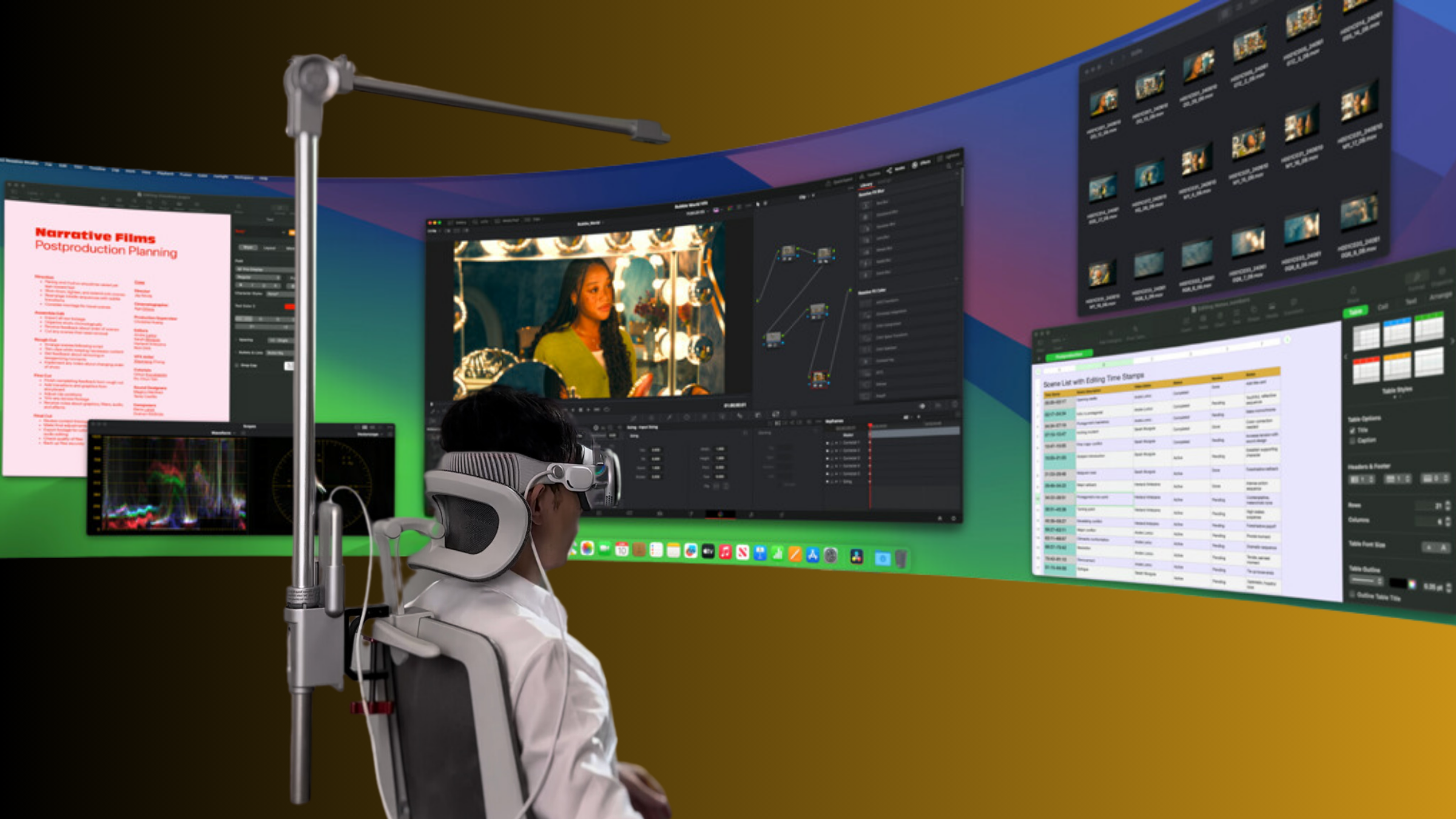

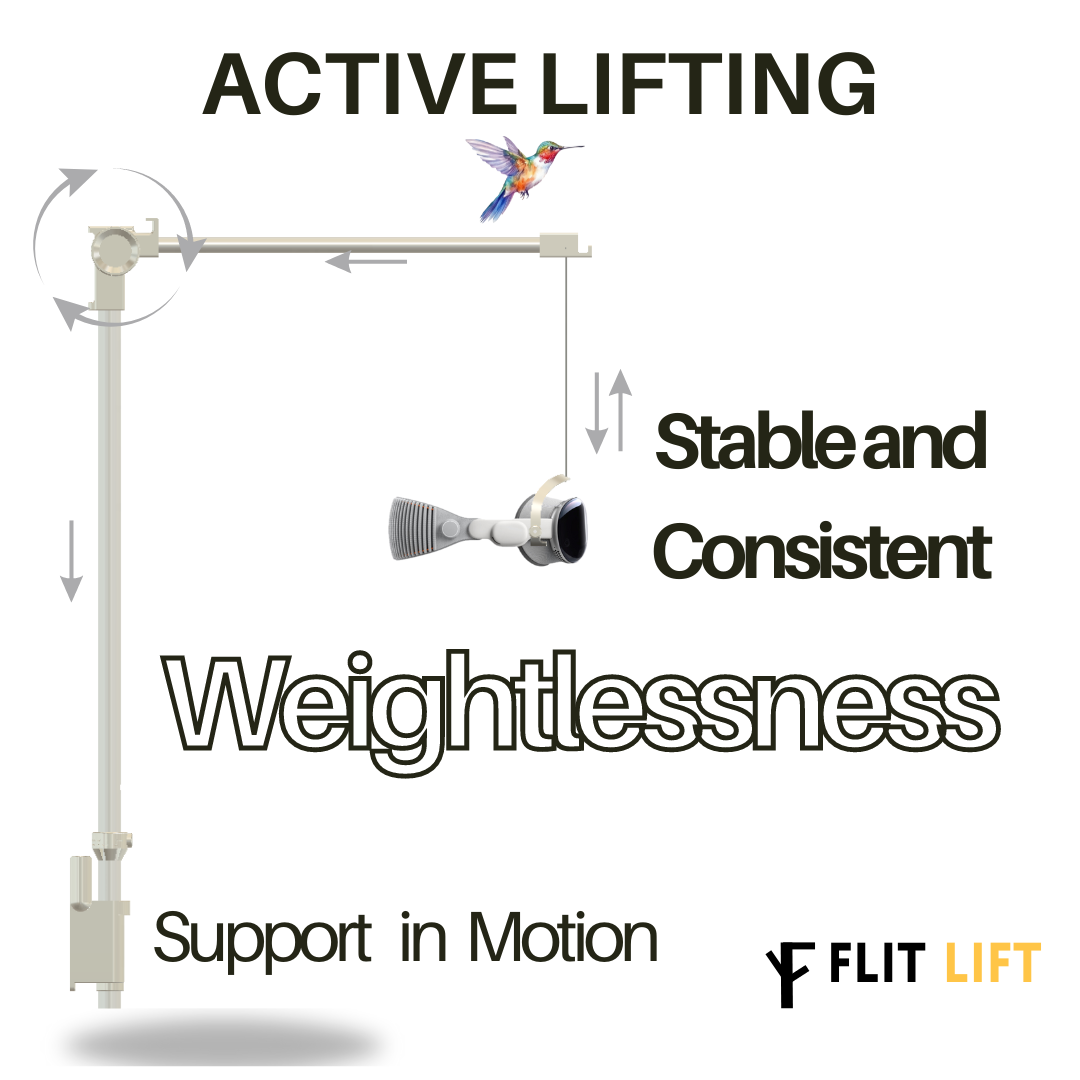
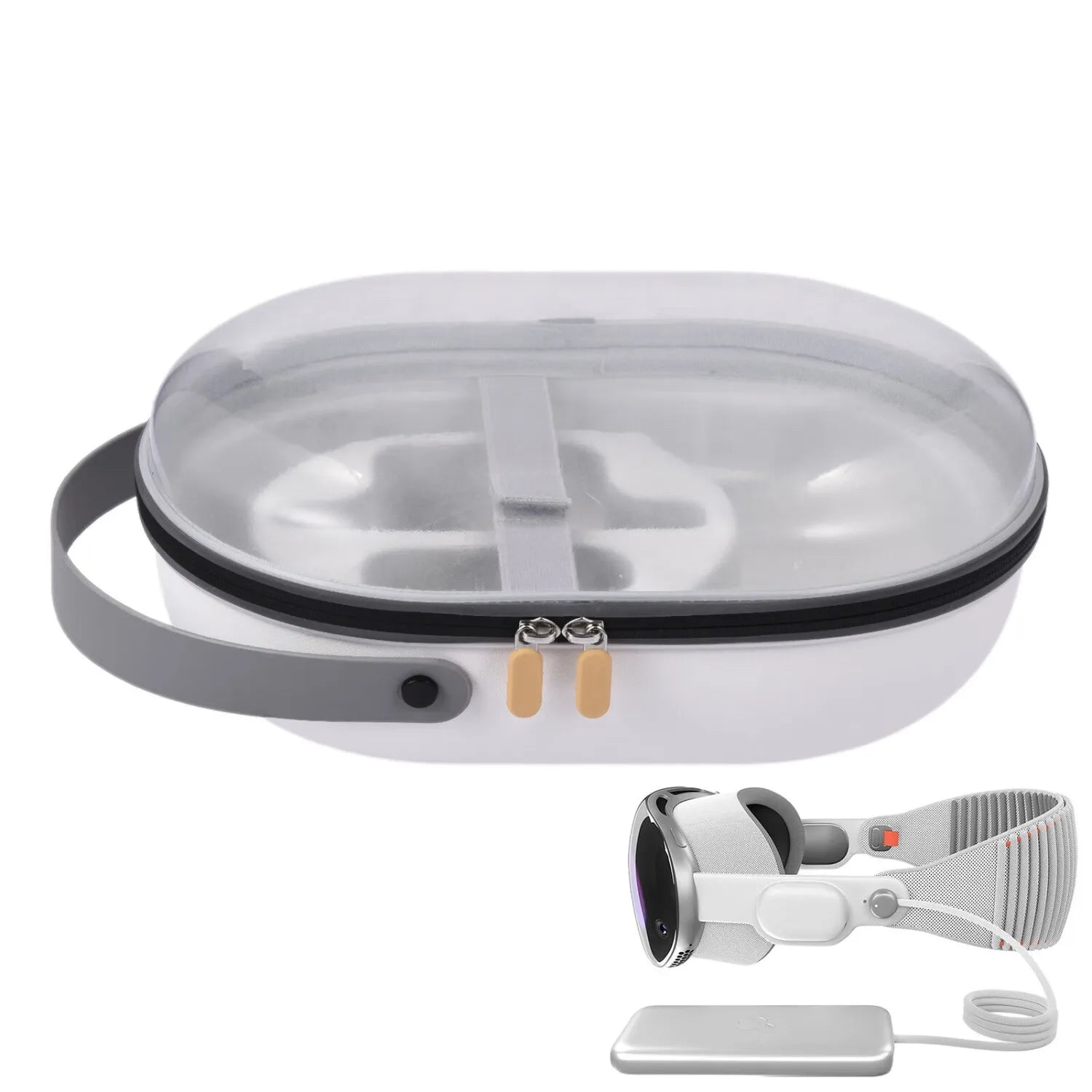

Compartir:
Mapping Your Apple Vision Pro Journey to Weightless Comfort